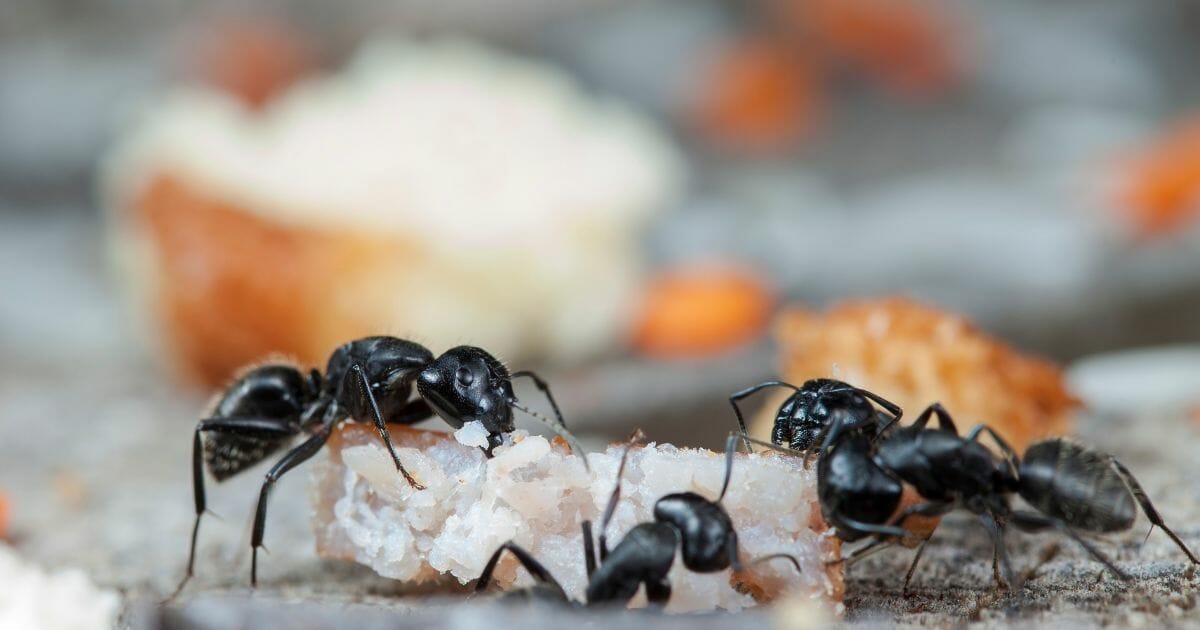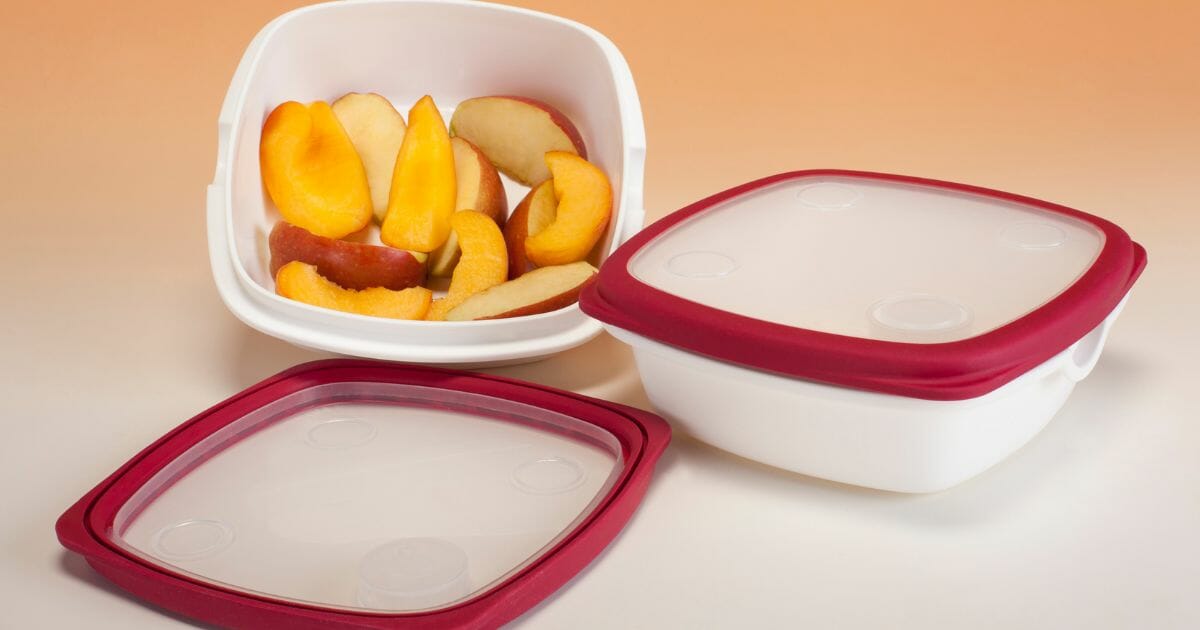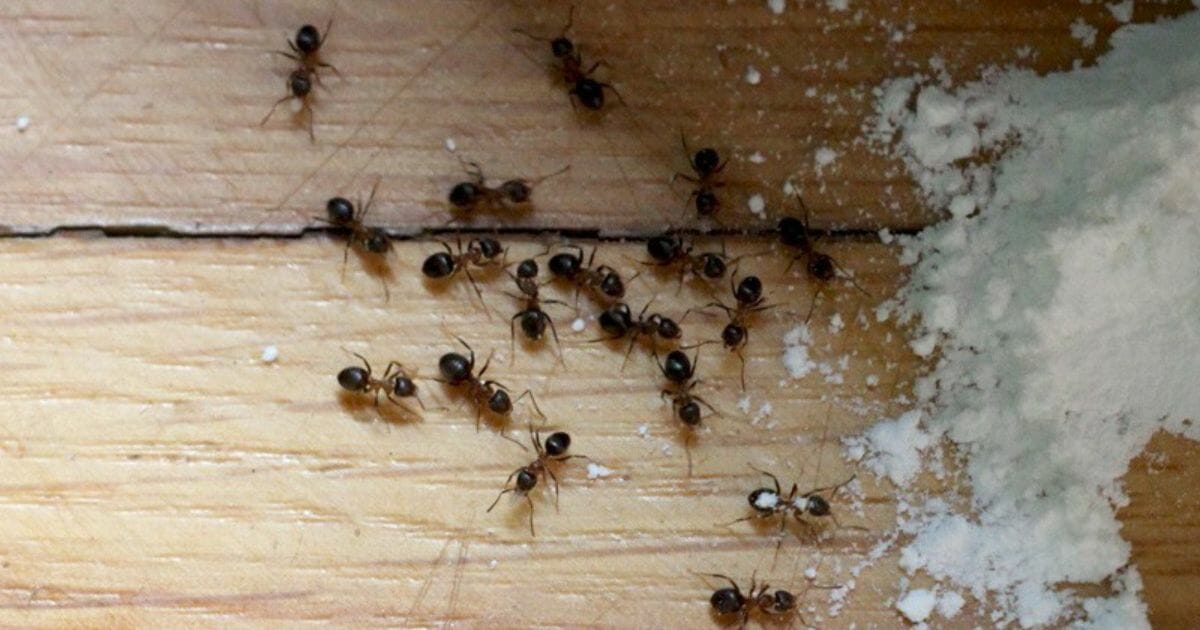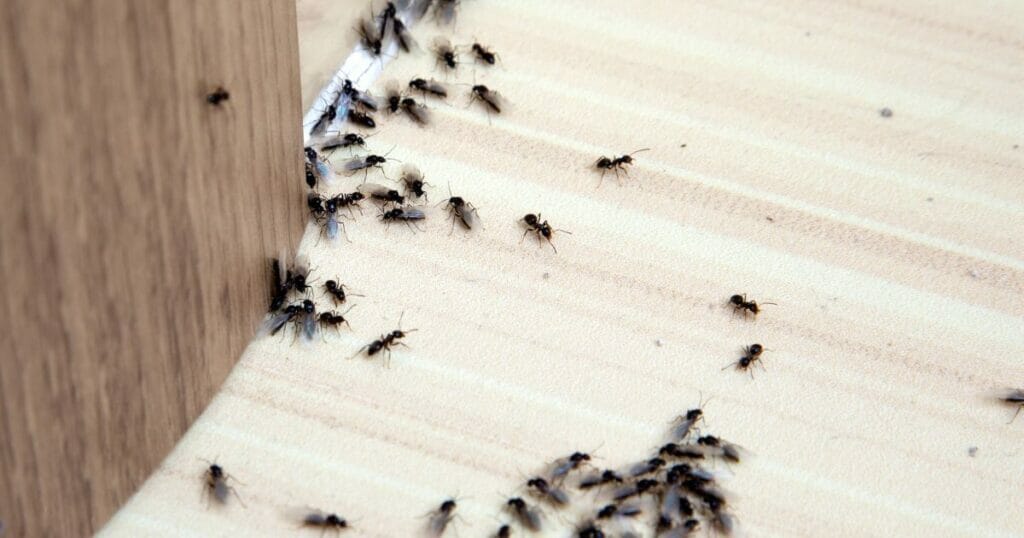The kitchen is often the favorite space in the house – it’s where all the magic happens. From making comfort food on a bad day to soup for a loved one when they’re sick, the kitchen in a home is often the center of all memories and the place that keeps the house running. Sometimes, however, our kitchens are frequented by unwelcome visitors like mice, house flies, and ants.
Ant infestations in the kitchen can be a frustrating and persistent problem. Ants are attracted to kitchens because it’s where leftover bits of food are found, and they are a source of food for ants.
There are more than 12,000 species of ants in the world, although, only a few will infest your house like crazy ants, fire ants, or carpenter ants. You can identify the species by examining their color, antenna shape, and behavior. Chances are, they may be coming from your house’s foundation, or ant hills in the garden.
In this article, we’ll take you through the most common reasons you find ants in the kitchen and explain how to get rid of ants in kitchens.
The Basics of Ants in Your Kitchen

It really shouldn’t come as a surprise to know that the available food sources in the kitchen are the reason for most ant infestations. With that in mind, it’s no wonder that the most effective way to know how to get rid of ants in kitchens is to eliminate their food source.
Recognizing the Ant Species
Before we even begin to deal with ant infestations, one important factor that you or your exterminators need to consider is what species of ants you’re dealing with.
There are many ways to identify ants. For instance:
- Size: One way to identify ants is their size. Sugar ants fall between a range of 2-15 mm, whereas bullet ants can grow up to between 18 and 30 mm and are quite large.
- Thorax: This is the central part of the ant’s body, a little like a torso, to which the wings and legs are attached. The thorax’s shape and texture will help you in identifying the ant species. The spine – or lack thereof – on the thorax can offer you insight into the species.
- The queen ant: If you can locate the queen ant, not only will you find the colony, but you will also immediately identify her species because of her large distinguishable body and shape. Only the queen ant – and some males – have wings.
- Color: Ants come in a variety of colors like black, red, brown, yellow, etc. Fire ants are easily detectable because of their vibrant red bodies.
Containing the Problem

To contain the problem of ants in your kitchen, store food in airtight containers and keep kitchen countertops and floors clean.
Often, people leave the cleaning to the next morning, or until the next meal. This leaves ample time for the ants to get cozy with your leftovers.
It isn’t just the food in your kitchen – ants are also attracted to water. Accessible water sources, such as leaky pipes or faucets, should be fixed.
The Pets We Want and the Ones We Get
Many households keep their pet’s food and water bowls in the kitchen, making it possible for ants to come seeking food. Household pets can make a mess by eating from their food bowls, leaving bits of food accessible to ants.
Buy food bowls best suited to your pets so they can eat with ease – spilled food is usually a sign your pets need a different kind of dish to eat from, and it may mean you’ll soon have a pet ant colony to feed too. Timed feeders can also prevent the ant issue, especially if your pets clean out their food.
Pet food should be stored in airtight containers or sealed in plastic bags to prevent it from going stale or being eaten by ants.
While some sources recommend using soapy water or warm water to clean up ant trails and scent trails, there are other ways too. You can also use a non-repellent spray or liquid bait to control ant activity – these methods are particularly effective for controlling sugar ants.
However, cleaning up the trails isn’t enough – you need to find the colony.
The Colony
To fully know how to get rid of ants in kitchens, it’s important to locate and eliminate the ant colony – which is the source of infestations – by using bait traps, bait stations, or a boric acid mixture.
Finding a colony isn’t easy, but there are some ways you can locate them. To start, follow the ant trails or locate places in your house you see ants.
In addition to bait traps or stations, another way is to use a black light, which can cause some ant species to become fluorescent. If you’ve been feeling pinching sensations on your body, but can’t seem to locate the source, it might be a tiny species of ants.
Solutions for the Ant Problem

Diatomaceous Earth – typically used to remove unwanted material from drinking water – is also an effective way to get rid of ants, but it’s important to use food-grade Diatomaceous Earth and not the type used in pool filters.
Alternatively, some natural solutions can be used to repel ants, such as peppermint oil or lemons.
Placing lemon rinds or cucumber peels near potential entry points or areas where ants are frequently seen can help deter them. Baby powder, curry powder, and ground black pepper have also been suggested as natural deterrents. However, these methods may not be as effective as chemical treatments.
To prevent ant infestations in the kitchen, it’s crucial to keep the area clean and free of food debris. This includes cleaning kitchen cabinets, appliances, and garbage cans regularly. Always use garbage bags to get rid of your waste, and sort your waste into the biodegradable and non-biodegradable categories.
Durable garbage bags and garbage pails can be used to prevent ants from accessing food waste. Your biodegradable waste likely consists of some form of food material that is attractive to ants and other insects and can create an unhygienic condition if not disposed of regularly.
Another trick is to take care of the soil in your indoor plants – ants can easily make a home in them. Mealybugs and aphids leave behind secretions the ants tend to flock to.
It’s not just indoor plants that can attract ants and other bugs. Keep outdoor plants away from the house and seal cracks in windows to prevent ants from entering the home. If you notice trails of ants going through random cracks, fissures, and holes, there may be an entire colony behind them.
Make sure your garden flower beds aren’t teeming with ants either by using insecticides such as Bifen LP, which comes in the form of granules. Be careful with insecticides if you have pets living with you, as they can be poisonous to pets.
Some ant species, like carpenter ants, burrow their way into the wooden structure of your houses to build their nests and can become a major nuisance.
By taking these steps for knowing how to get rid of ants in kitchens, you can effectively eliminate the problem and prevent further infestations.
Ants and the Ecosystem
Ants are fascinating creatures that have complex social structures and play an important role in ecosystems, but when their populations get out of control, they can cause damage to plants and other structures.
One unique characteristic of ant infestations you should know about is their ability to build complex colonies that can house millions of ants. Ants are social insects that have a well-organized hierarchy within their colony.
The queen ant is responsible for laying eggs, and the worker ants take care of the colony by collecting food, protecting the queen, and tending to the young.
Ants communicate with each other through pheromones, which are chemicals they produce and release to signal to other ants.
Another interesting fact about ant infestations is that ants can benefit gardens because they help to aerate the soil and control other pests like aphids by tunneling through the soil. When ants do this, it becomes easier for water and nutrients to penetrate the soil layers, thus creating a conducive environment for plant growth.
Ants also contribute to plant nutrition and health by breaking down organic matter that is absorbed by the plants. They also help pollinate certain plant species, although they aren’t as robustly involved in the process as other insects like bees.
However, when ants become too numerous, they can damage plants by feeding on the leaves and stems, or by building their nests too close to the plant roots. In these cases, it may be necessary to use a commercial insecticide to control the ant population.
While ants can be troublesome to deal with in your house, they are still a part of a complex and necessary ecosystem. Taking ants out of the food chain can cause considerable damage to your surroundings, even if it doesn’t seem likely at first glance.
For instance, if ants were completely eradicated from your surroundings, you’re likely to see many other pests that are harder to deal with.
These can include termites, fleas, and even caterpillars, all of which are harmful to those of us who do indoor kitchen gardening or even outdoor gardening.
Frequently Asked Questions
1. Can you eat ants?
While there are arguably better ways to meet your protein requirement, some cultures do eat ants as delicacies, and the edible ant species is safe for consumption. Species like honey ants, weaver ants, and black ants make for popular snacks.
In most cases, however, people worry about accidentally consuming them. While most ant ingestions shouldn’t be a problem, there is a chance of contracting parasitic infections and salmonella. If the ants sting your mouth, you could face an allergic reaction.
2. What smell do ants hate?
Ants tend to be repelled by the smell of peppermint. Try using either peppermint oils or planting it in your house – it’ll smell great, and keep the ants at bay.
3. Why are there dead ants in my fridge?
The ants likely infiltrated your fridge to find food sources that contain sugar or meat. Airtight containers are a necessity, but if you leave any kind of food residue on them, it will continue attracting ants right into your fridge.
If you keep unsealed food in the fridge, it’ll be the first thing to be attacked by the ants.
Final Thoughts
Nobody wants to deal with ants making a home in their kitchen, especially due to hygiene issues. In our post on how to get rid of ants in kitchens, we recommend keeping your kitchen as clean as possible, and ensuring all food materials, crumbs, and waste are contained, and disposed of regularly.
About the Author
Tamara J. Sims
EXECUTE CHEF
As a seasoned kitchen and food writer, Tamara has a remarkable ability to weave words together, transporting readers to the heart of the culinary world. Tamara’s articles are written with an engaging blend of insightful commentary, honesty, and real-world examples based on personal experiences. She has the ability to captivate seasoned food enthusiasts and novice cooks alike.
SeaRanchLodge.com is a participant in the Amazon Associate program and will earn from qualifying purchases.


